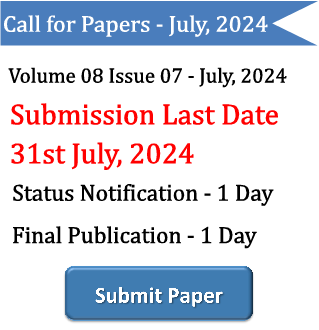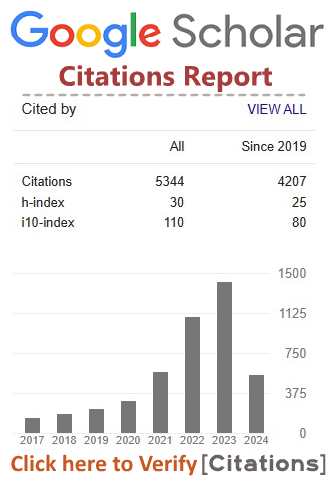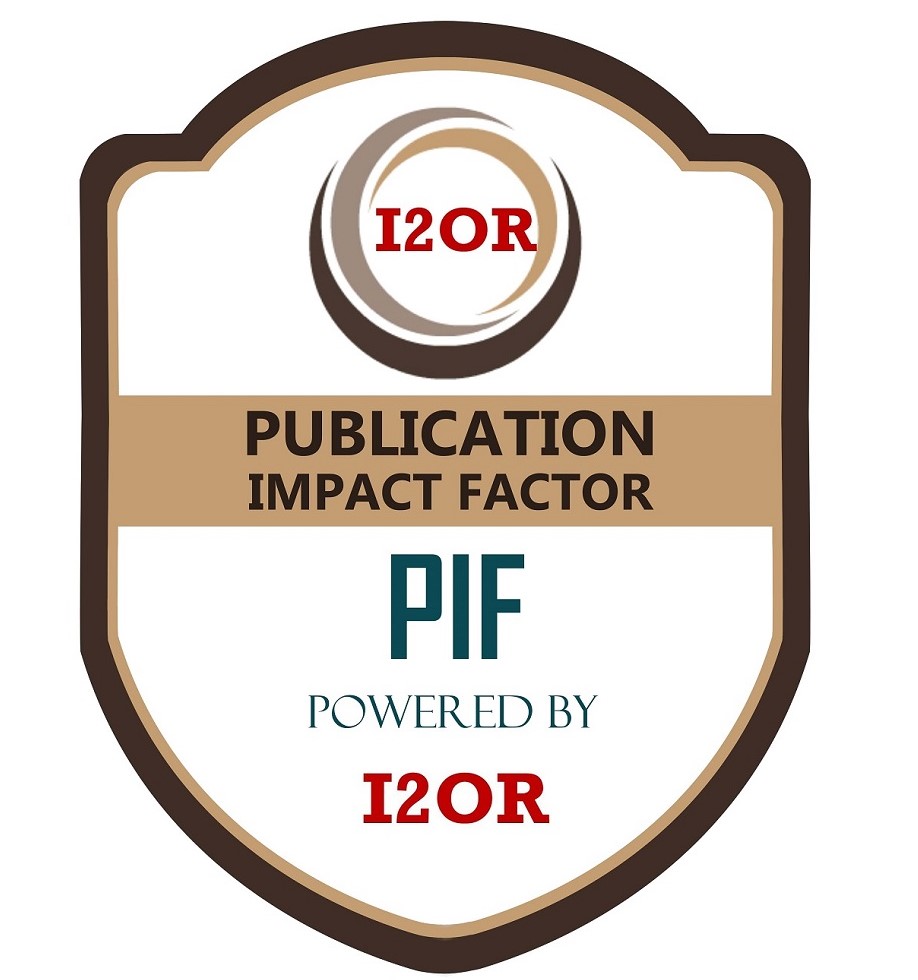- Version
- Download 22
- File Size 533.73 KB
- File Count 1
- Create Date 21/11/2023
- Last Updated 21/11/2023
Smart Hybrid Aquaponics E Control System for Agriculture Farm Field
Mrs. D. M. Biradar1, Tejaswini Telvekar2, Sayali Raynade3, Harshada Wani4
1Mrs. D. M. Biradar Electronics and Telecommunication, Sharad Institute of Technology College of Engineering
2Tejaswini Telvekar, Electronics and Telecommunication, Sharad Institute of Technology College of Engineering
3Sayali Raynade, Electronics and Telecommunication, Sharad Institute of Technology College of Engineering
4Harshada Wani, Electronics and Telecommunication, Sharad Institute of Technology College of Engineering
---------------------------------------------------------------------***---------------------------------------------------------------------
Abstract - This paper introduces an innovative Internet of Things (IoT)-based Aquaponics Monitoring System designed to enhance the efficiency and productivity of aquaponics farming. Aquaponics, an integrated system combining aquaculture and hydroponics, requires precise monitoring for optimal conditions to ensure the well-being of both fish and plants. The proposed system leverages IoT technologies to provide real-time monitoring and control, addressing key challenges in traditional aquaponics setups.
The IoT-based Aquaponics Monitoring System comprises a network of sensors strategically placed within the aquaponics environment. These sensors measure critical parameters such as water temperature, pH levels, dissolved oxygen, nutrient levels, and fish activity. The collected data is then transmitted to a centralized cloud-based platform through wireless communication protocols, enabling remote access and monitoring.
The cloud-based platform employs advanced data analytics algorithms to process and analyse the sensor data. Users, including aquaponics farmers and researchers, can access the platform through a user-friendly interface to monitor the system's health, receive real-time alerts, and make informed decisions to optimize conditions for fish and plant growth.
The system's capabilities extend beyond monitoring, as it incorporates actuators for automated control of environmental variables. This allows for precise adjustments in response to fluctuations in sensor readings, ensuring a stable and conducive environment for aquaponics cultivation. Additionally, historical data analysis provides valuable insights for continuous system improvement and decision-making.
The system employs a network of sensors strategically placed within the aquaponic environment, capturing crucial parameters such as water temperature, pH levels, nutrient concentrations, dissolved oxygen, and fish behavior. These sensors provide continuous, accurate data that is transmitted to a centralized hub using IoT communication protocols. A user-friendly interface allows farmers to remotely access and monitor the system's status, receiving timely alerts and insights into the conditions of both the aquatic and plant components.
Furthermore, the system incorporates intelligent algorithms for data analysis, enabling predictive modeling and early detection of potential issues. By leveraging machine learning techniques, the system can offer recommendations for optimal adjustments, fostering a proactive and responsive approach to aquaponic management. Automation features empower farmers to remotely control key parameters, ensuring a balanced and sustainable ecosystem for both fish and plants.
The implementation of the IoT-based Aquaponics Monitoring System offers several benefits, including increased efficiency, resource optimization, and improved crop yields. By integrating technology into aquaponics farming practices, this system contributes to sustainable agriculture by minimizing environmental impact and promoting resource conservation.
Key Words: IoT, Aquaponics, Monitoring System, Sensors, Cloud Platform, Automation, Sustainable Agriculture







